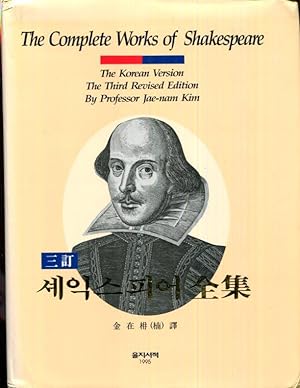SOUTH KOREA: ART AND LITERATURE
For the most part, the art of both
North Korea and South Korea share a common history. Granted, different kingdoms
throughout its history had their own identity and styles, but generally
speaking, it was pretty similar between them.
The earliest form of art was in clay
pottery. A number of different techniques were used to create a variety of
effects. One notable technique was called Juelman-style pottery, where the pots
formed a rounded cone at the bottom and was decorated with a comb pattern.
Bronze was the first metal Koreans
began to work with. Although it was originally imported into Korea, it didn’t
take long for them to learn how to do it themselves. Soon they were using
bronze to make daggers, swords, and other weapons as well as bells, rattles,
and beads that were used in rituals and ceremonies.
Although the Chinese created celadon
pottery, the Koreans perfected it. The unique greenish hue was created from
using a special glaze over the pottery and lowering the oxygen levels during
the firing process in the kiln. (There’s a trucking company in Indianapolis
called Celadon, and I think they really missed out on using that green color in
its logo.)
Like China and Japan, Korean
calligraphy was also a highly skilled art. It’s thought that the brushstrokes
and the subject matter gave insight into the artist’s personality. Likewise,
Korean artists also created art from the paper itself, including papermaking
(my sister did papermaking when she studied in Japan), but paper was also used
and decorated as wall coverings, screens, and even floor coverings. Paper was
also used for making fans, folded figures, and for printing. Paper arts are
still a thing today.
By the time the 20th
century rolled around, painting was probably the most popular style of art. And
following Western art movements, Korean artists began experimenting with
abstract art during the 1930s. By the 1960s, artists were using a number of
mediums, from oil and ink painting to creating different textures with paint,
pencils, and paper. Some of the more prominent painters include Park Seo-Bo (abstract artist, founded Seo-Bo Art and Cultural
Foundation), Lee Ufan (minimalist painter and sculptor), Lee Dong-youb (abstract painter in post-modernism), Suh Yongsun (painter and sculptor), Junggeun Oh
(minimalism, abstract mixed with realism), and Tschoon Su Kim
(painter and professor).
 |
| by Suh Yongsun |
South Korean literature is primarily
written in Korean. Like Japanese, modern Korean literature also uses many
borrowed words from English, and probably a few other languages as well.
Early Korean literature was mainly in
the form of poetry. Four main types of poems dominated during this time: native
songs (“hyangga”), special songs/long poems (“pyolgok/changga”), current
melodies (“sijo”), and verses (“kasa”). Early fiction began around the 1100s
and 1200s, mostly relegated to historical fiction, myths, legends, and
folktales. It flourished again during the 1600s and 1700s. The Koreans also
carried a tradition of oral literature and drama.
During the 20th century, some
Western literature (including the Bible) began being translated into Korean.
During the time of Japanese occupation, Japanese literature helped to cultivate
modern Korean literary movements. Just after the war and the division of the
Koreas, many writers and poets began to go back to more traditional roots of
poetry. But by the 1960s, a number of writers began to change their style:
modern Western influences shifted their focus to more anti-establishment and
addressed concerns regarding the accelerated changes they were seeing in the
nation’s modern development.
Some modern authors include Jim Lee
(comic book artist/writer), Lee Cheong-jun (wrote over 100 short stories and 13
novels), Miri Yu (novelist, essayist, playwright,
writes in her native Japanese), Ku
Sang (considered a
respected poet), Gong Ji-young (novelist, one of the more well known
female writers to emerge in the 1980s), among many more.
Up next: music and dance









No comments:
Post a Comment